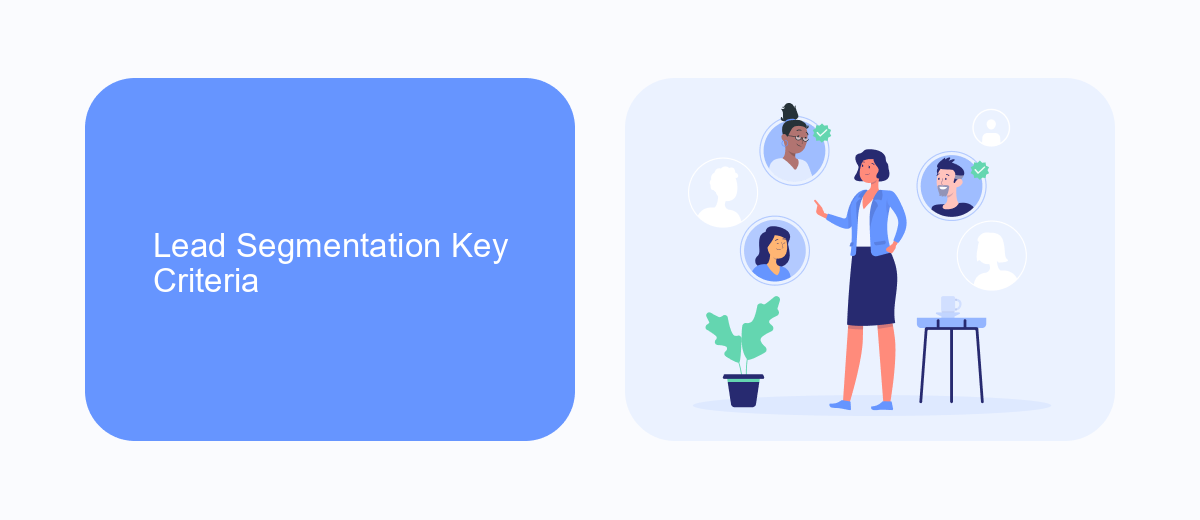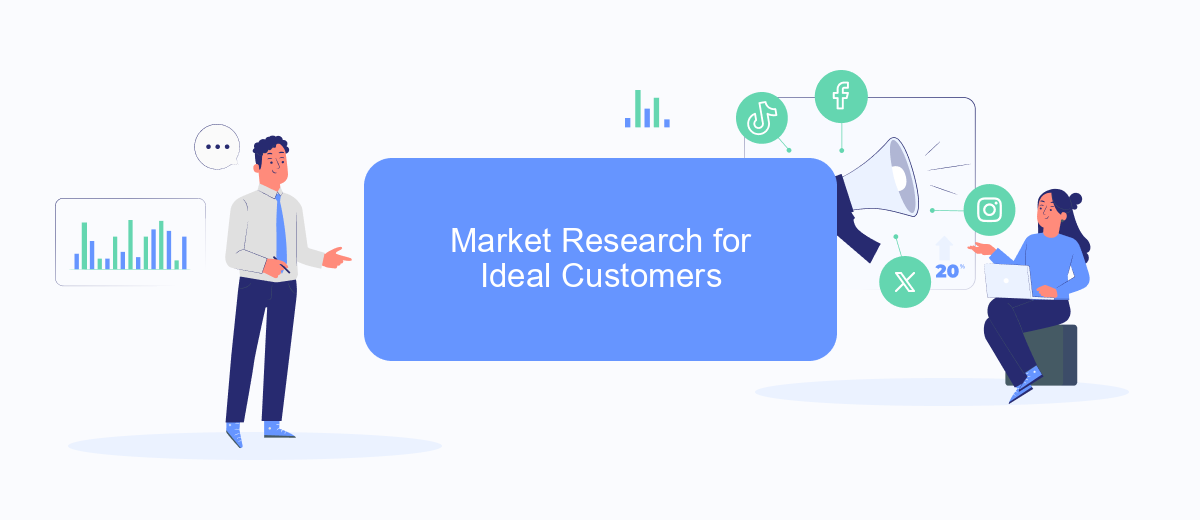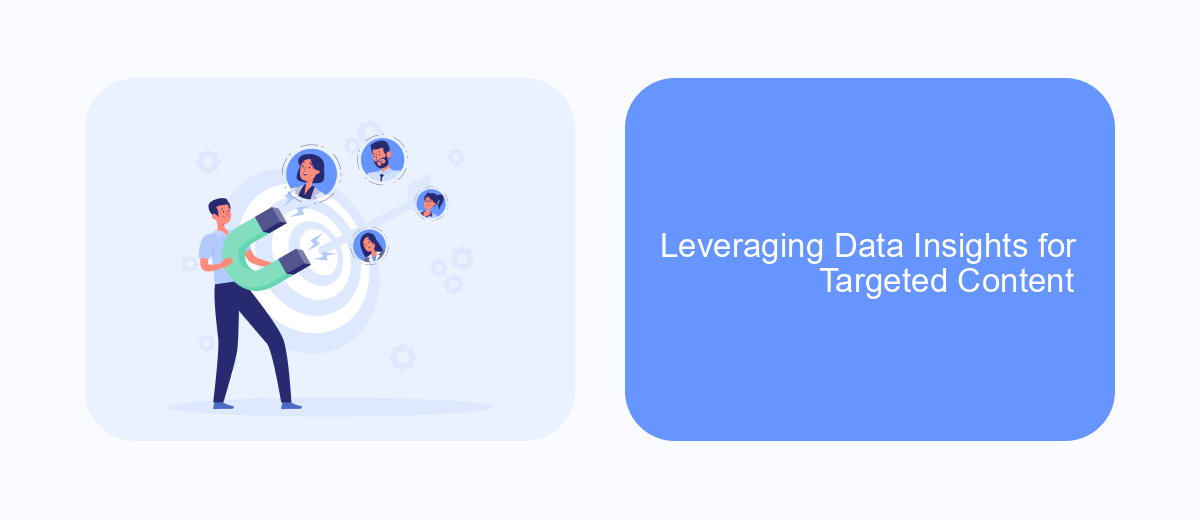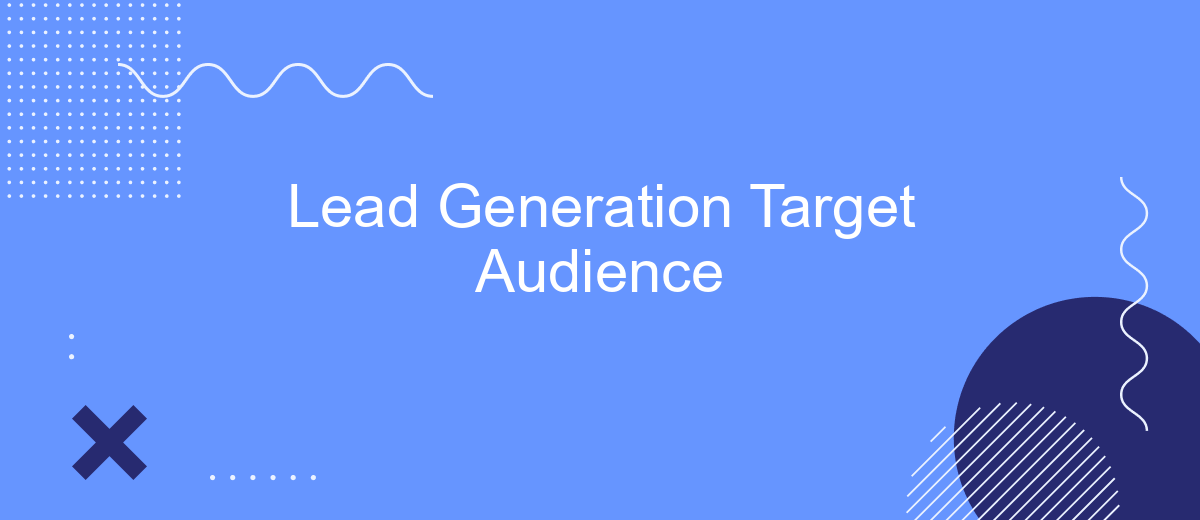Understanding your target audience is crucial for effective lead generation. By identifying and analyzing the specific demographics, interests, and behaviors of your potential customers, you can tailor your marketing strategies to attract and engage the right prospects. This article explores the importance of defining your target audience and provides actionable insights to enhance your lead generation efforts.
Lead Generation Target Audience Overview
Understanding your target audience is crucial for effective lead generation. Identifying the right audience ensures that your marketing efforts are directed towards individuals who are most likely to convert into customers. This not only saves time and resources but also increases the efficiency of your lead generation campaigns.
- Demographics: Age, gender, income, education level.
- Geographics: Location, region, urban or rural areas.
- Psychographics: Interests, values, lifestyle, personality traits.
- Behavioral: Purchasing behavior, brand loyalty, product usage.
To streamline the process of identifying and reaching your target audience, consider using tools like SaveMyLeads. This service automates the integration of various marketing and CRM platforms, ensuring that your leads are efficiently captured and managed. By leveraging such tools, you can focus more on crafting personalized marketing strategies that resonate with your audience.
Lead Segmentation Key Criteria

Effective lead segmentation is crucial for tailoring marketing strategies to specific audience subsets. One of the key criteria for lead segmentation includes demographic factors such as age, gender, income, and education level. Understanding these characteristics helps businesses create personalized messages that resonate with different segments, enhancing engagement and conversion rates. Additionally, geographic location is another important criterion, as it allows companies to address region-specific needs and preferences, ensuring that their offerings are relevant and appealing to the target audience.
Behavioral data, such as purchase history, website interactions, and engagement with marketing campaigns, also plays a significant role in lead segmentation. By analyzing these behaviors, businesses can identify high-value leads and tailor their communication strategies accordingly. Integrating tools like SaveMyLeads can streamline this process by automating data collection and segmentation, enabling more efficient and effective marketing efforts. Psychographic factors, including interests, values, and lifestyle, further refine segmentation, allowing for a deeper understanding of what motivates different audience segments and how to best approach them.
Market Research for Ideal Customers

Conducting market research to identify your ideal customers is essential for effective lead generation. This process helps you understand who your potential clients are, what they need, and how you can best reach them.
- Define Your Buyer Personas: Create detailed profiles of your ideal customers, including demographics, interests, and pain points.
- Analyze Market Trends: Study current market trends and competitor activities to identify gaps and opportunities.
- Utilize Surveys and Interviews: Collect direct feedback from your existing customers and prospects to gain insights into their preferences and behaviors.
- Leverage Data Analytics: Use data analytics tools to track and analyze customer interactions and behaviors on your platforms.
- Employ Integration Services: Utilize services like SaveMyLeads to automate data collection and integration, ensuring you have accurate and up-to-date information.
By following these steps, you can gather valuable insights that will help you tailor your marketing strategies to attract and engage your ideal customers. Remember, continuous market research and data analysis are key to staying ahead in the competitive landscape.
Leveraging Data Insights for Targeted Content

To effectively engage your target audience, leveraging data insights is crucial. By analyzing data, you can understand the preferences, behaviors, and needs of your audience, allowing for the creation of highly targeted content. This approach not only improves engagement but also increases the likelihood of converting leads into customers.
Data insights can be gathered from various sources such as website analytics, social media interactions, and customer feedback. These insights help in identifying the types of content that resonate most with your audience. With tools like SaveMyLeads, you can automate the process of collecting and integrating this data, ensuring that your content strategy is always informed by the latest and most relevant information.
- Analyze website traffic to identify popular content topics.
- Monitor social media engagement to understand audience interests.
- Utilize customer feedback to refine content strategies.
- Automate data collection and integration with tools like SaveMyLeads.
By leveraging data insights, you can create content that is not only relevant but also compelling to your target audience. This data-driven approach ensures that your marketing efforts are efficient, effective, and aligned with the needs and preferences of your audience.


Measuring and Refining AudienceTargeting
Measuring and refining your audience targeting is crucial for effective lead generation. Begin by analyzing key performance indicators (KPIs) such as click-through rates, conversion rates, and engagement metrics. Utilize tools like Google Analytics and social media insights to gather data on your audience's behavior. This information will help you identify which segments are responding well and which need adjustments. Regularly review and update your targeting criteria based on this data to ensure optimal performance.
Additionally, integrating advanced automation tools can significantly enhance your targeting efforts. Services like SaveMyLeads allow you to automate the process of capturing and managing leads from various platforms, ensuring that no potential customer is missed. By setting up automated workflows, you can streamline your lead generation process and focus on refining your audience targeting based on real-time data. This continuous optimization will help you reach the right audience more effectively, ultimately driving higher conversion rates and improving your overall marketing strategy.
FAQ
What is lead generation and why is it important?
How can I identify my target audience for lead generation?
What are some effective lead generation strategies?
How can I automate my lead generation process?
What metrics should I track to measure the success of my lead generation efforts?
If you use Facebook Lead Ads, then you should know what it means to regularly download CSV files and transfer data to various support services. How many times a day do you check for new leads in your ad account? How often do you transfer data to a CRM system, task manager, email service or Google Sheets? Try using the SaveMyLeads online connector. This is a no-code tool with which anyone can set up integrations for Facebook. Spend just a few minutes and you will receive real-time notifications in the messenger about new leads. Another 5-10 minutes of work in SML, and the data from the FB advertising account will be automatically transferred to the CRM system or Email service. The SaveMyLeads system will do the routine work for you, and you will surely like it.
